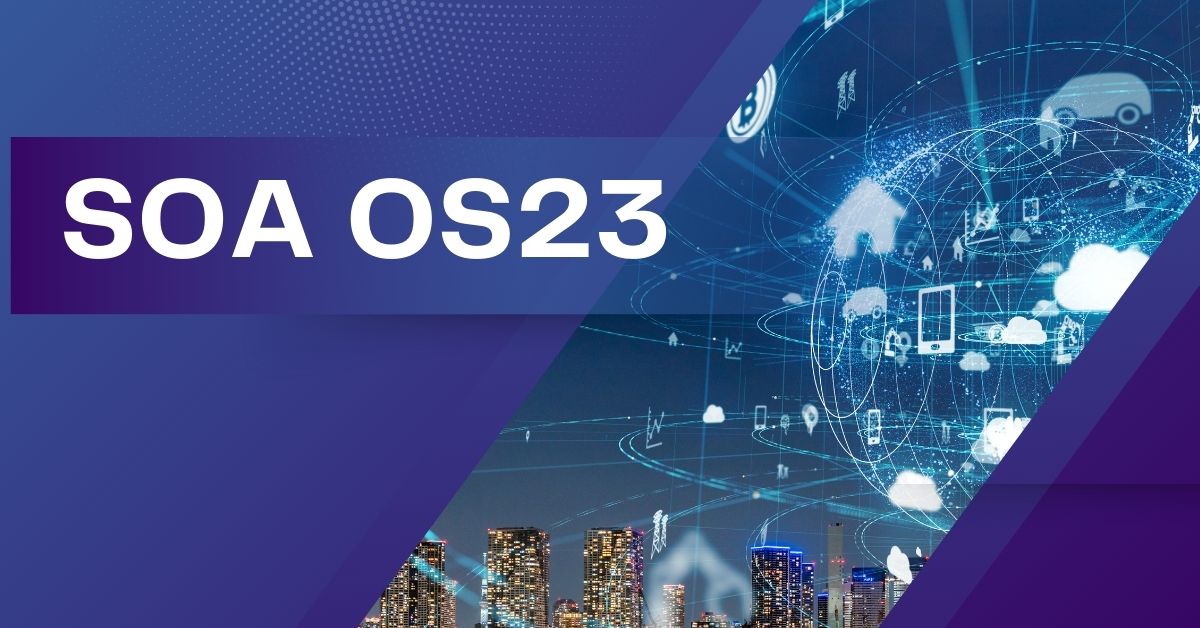When you search for SOA OS23, you expect a clear explanation of what it means and why it matters. This is not about generic tech talk. It’s about a standard shaping both digital systems and industry compliance. This guide walks you through its meaning, where it shows up, key benefits, and how to make use of it in software or construction.
What SOA OS23 Means
The term has two distinct meanings depending on the industry:
-
In IT, it often refers to Service-Oriented Architecture – Open Source 2023. It represents a modular, scalable framework for building modern applications, especially in cloud and microservices environments.
-
In construction and engineering, it denotes a certification or standard that ensures companies can safely and compliantly execute demolition and technical operations.
Clarifying which version applies gives you sharper insight into your field’s context.
How It Shapes Digital Architecture
As a software standard, SOA OS23 aims to reshape how services communicate, adapt, and secure themselves in a modular ecosystem.
Key benefits include:
-
Improved interoperability across diverse platforms.
-
Enhanced security features built into the framework.
-
Native support for cloud, hybrid, and edge environments.
-
Tools for automation, scalability, and performance tracking.
This makes it relevant for modern enterprise architects and developers focused on agility and multi-platform support.
Impact on Engineering and Compliance
In construction contexts, SOA OS23 is a certification that attests an organization’s technical, financial, and organizational capacity to handle specific demolition tasks or public works.
This matters because:
-
It builds trust with public sector clients.
-
It ensures adherence to safety and quality standards in hazardous operations.
-
It positions businesses to win larger or technical contracts.
Often the certification is optional but increasingly becomes a competitive advantage in tenders.
Why SOA OS23 Matters Today
This standard matters for several reasons:
-
It addresses growing demand for modular, interoperable systems in IT.
-
It streamlines compliance in engineering operations, reducing risk and improving transparency.
-
It aligns with trends toward digital transformation and green, safe demolition practices.
-
It supports more secure, scalable, maintainable system design.
What Competitors Often Miss
Most articles split the term into either software or construction context. Few give both perspectives or show the overlap in structure, validation, and trust. This article gives both views, highlights cross-industry value, and explains practical steps for each.
How to Approach SOA OS23 in Practice
In Software
Adopt SOA OS23 by following a structured approach:
-
Define service boundaries and domain models.
-
Version APIs clearly.
-
Implement strong authentication and encryption.
-
Monitor performance and automate updates.
This helps maintain modular, flexible, and secure systems.
In Construction Engineering
If working in public works or demolition:
-
Review documentation requirements for OS23 certification.
-
Train teams on safety and compliance regulations.
-
Use certification to support public tenders and project credibility.
Conclusion
SOA OS23 matters both to architects of digital systems and leaders in technical projects. Whether applied in software or construction, it promotes safety, efficiency, and adaptability. If you engage with modular systems or regulated operations, SOA OS23 offers a framework that balances innovation with trust.
